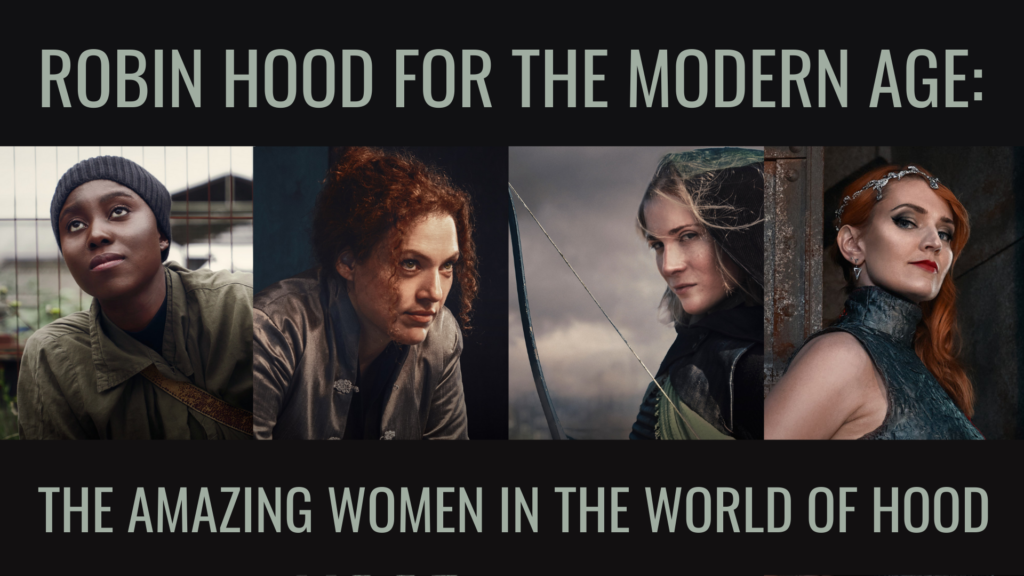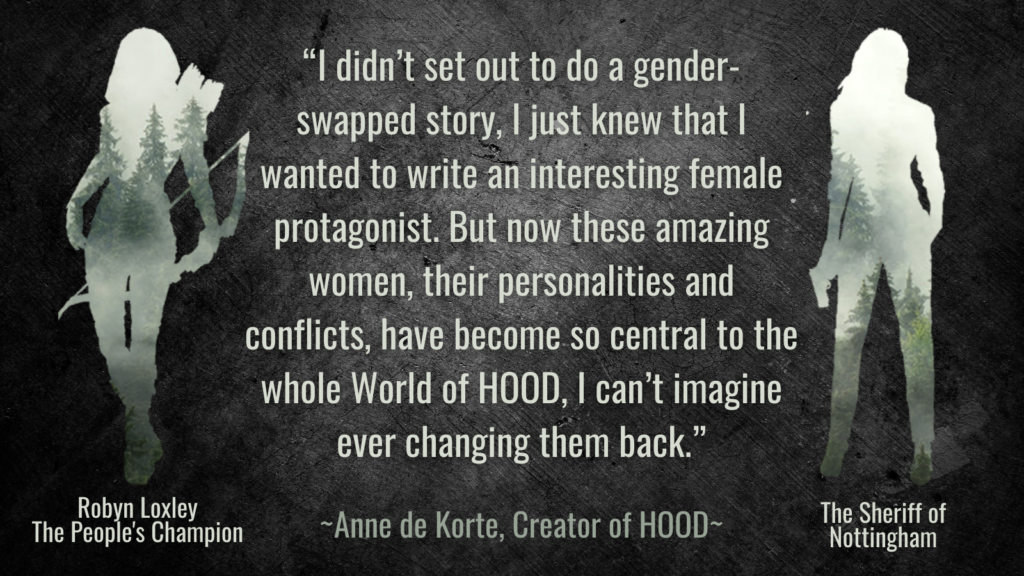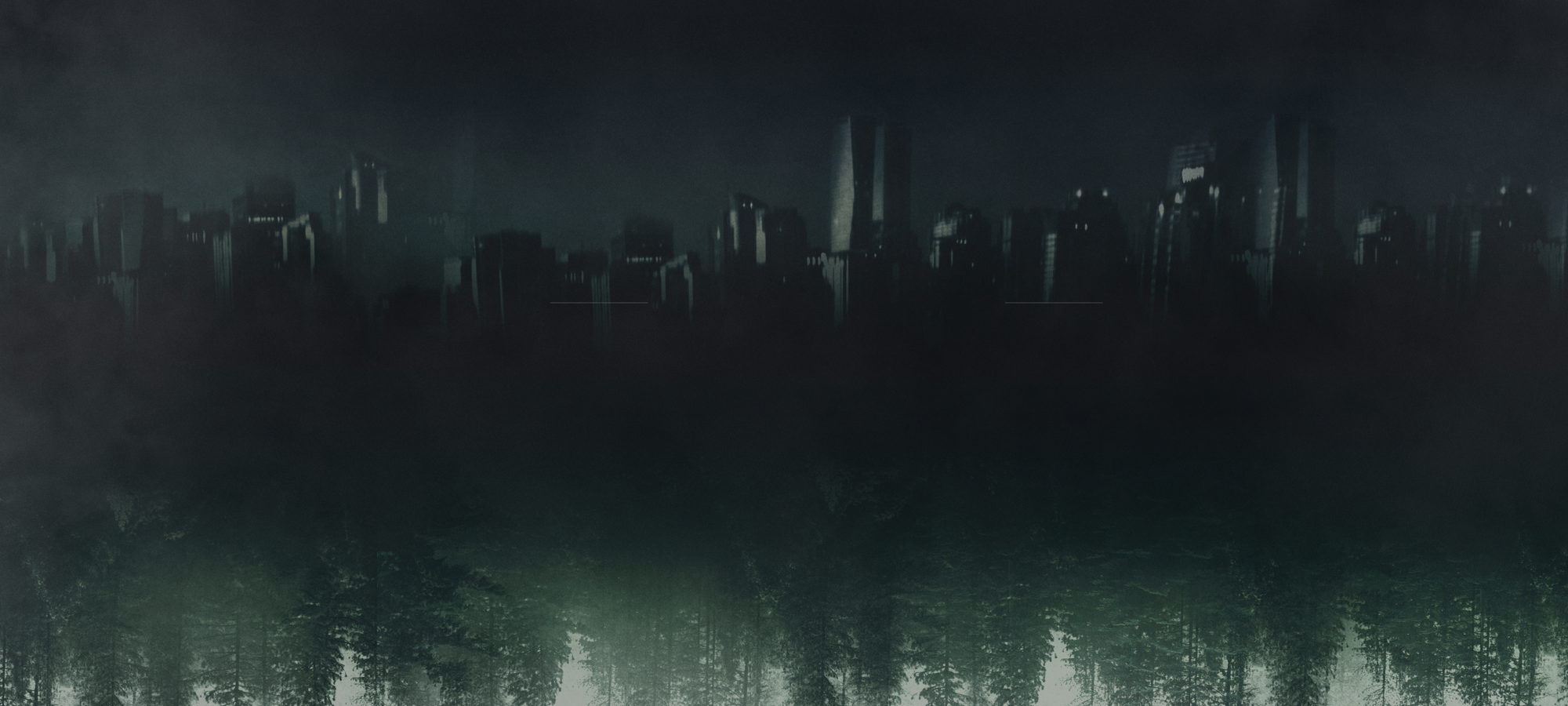
By Suleega Aweys and Alison Weaverdyck
Nowadays the need for female-driven shows matters more than ever. There has been a lot of progress made with creating female-led shows across genres. Today’s female TV and movie creators are using their platform to tackle the biggest of issues from gender identity to sexuality, race and class.
For HOOD we want to update this classic story of Robin Hood for modern times. To create an inclusive world filled with a diverse range of women that break away from the stereotypical tropes of female characters. Since this story has been adapted many times in TV and film, we subverted the story from your typical male-centric plot where the women are often sidelined and one-dimensional and changed it to a story featuring a range of female characters with their own individuality. Sure, you’ve probably heard of “Maid Marian”, but our Marian is far more than just arm candy for Robyn.

Using an Old Story to Tell a New Story
Gender-swapping is becoming a common practice in TV and film nowadays. For example, in the TV show Elementary, a story of Sherlock Holmes, you have the iconic character Dr John Watson changed to Dr Joan Watson played by Lucy Liu, a Chinese-American actress. In our story, we not only changed Robin to Robyn but also made the Sheriff of Nottingham her sister, and the original, drunken comic relief Friar Tuck became Lady Tuck, an older, influential woman playing a significant role in the lead characters’ lives.
Even though gender-swapping has become increasingly popular, it has also received a lot of backlash, especially from male fans arguing that changing the gender of existing male characters to female affects the fabric of the story in a negative way. There have been arguments made that TV and film creators should be creating original stories featuring new female characters.
Yes, that is important, but it’s also important to show these classic stories like Robin Hood to each new generation as a way to keep our shared history alive. As storytellers, retelling an old story also offers unique opportunities. When there is an existing framework that people are familiar with, every change to that underlying world, character or plot point carries significance. We have taken the story of Robin Hood, which was already wealth inequality and the abuse of power, and used it to address a variety of issues that are relevant to today’s audience. (Stay tuned for more posts in this series to find out how!)
These little tweaks to the world, such as having men take their wife’s name when they marry, already help to raise questions in the minds of the audience that they may not have considered before. Why not do it that way? At other times, our changes are far more sweeping. In our story world, magic exists and only women can wield it. There’s a long history of powerful women shaping and reshaping the very fabric of society across Europe and beyond. Our character Alana Dale (another gender-swap btw) is one of these magic wielders, and you don’t want to mess with her!
(Psst! Did you know about the Clash of the Cousins podcast? It centers on 6 incredibly driven, powerful Hycathae (magic users). Listen now)
Female Fans Deserve Badass Action Heroes Too
For HOOD we wanted to represent a retelling of Robin Hood through a modern lens and feature a world of diverse women with their own individual powers and strengths. There’s not just one but many female characters that female fans of action and adventure stories can look up to and relate to. And we also show that women can actually be successful leaders in these male-dominated genres and can be just as badass and powerful as the male action heroes we grew up watching.
A perfect illustration of this desire for women of action happened recently and involved the movie Encanto. The main character has two sisters. There’s Isabella, who can grow flowers at will and always has perfect hair, and Luisa, who is super strong. (Bonus, they even designed her to LOOK strong, not just be another skinny girl with super powers.) When Disney rolled out the toys for the movie, they put a lot of emphasis on Isabella because she was the most like the “Disney princesses” that came before. However, demand for Luisa toys was far higher, and they were not equipped to keep up with demand. Little girls are speaking – they want to move mountains, not grow daisies. (You can read more about it here: https://www.hitc.com/en-gb/2022/01/19/encanto-merch-sales-prove-disney-needs-more-relatable-characters-like-luisa/)
Women are Interesting, Why Aren’t They Written That Way?
In HOOD there are plenty of female characters, but most importantly they are multilayered and complicated. So often, women are portrayed as either sexy saints or mothers. Their desires hinge on their romantic life or the lives of their children. But there’s so much more that occupies our minds! Though we know this is true in our daily lives, this is harder to find on the screen.
In our story, for instance, you have Phillipa Murdoch, Sheriff of Nottingham who is pragmatic to the point of ruthlessness. She is highly intelligent and good at her job, though one would hardly call her “beloved.” Her character is neither good nor bad, with a grey moral compass which makes her interesting. You never know exactly what she is thinking or what she’ll do, but you can be sure she’s attacked the problem from every angle. At the same time, she has an incredibly vulnerable side, and her love for her half-sister Robyn is undeniable no matter how often they disagree. Women don’t have to fit into a single box. Female characters should have many sides to them because that’s what women are like in real life.
What do you think?
Is gender-swapping a good or bad idea? Is the tough girl trope really dead? What are your opinions on the progress of female characters?
We’d love to hear from you in the comments!
This is the first post in our Robin Hood for the Modern age series. Read all of the posts here.

